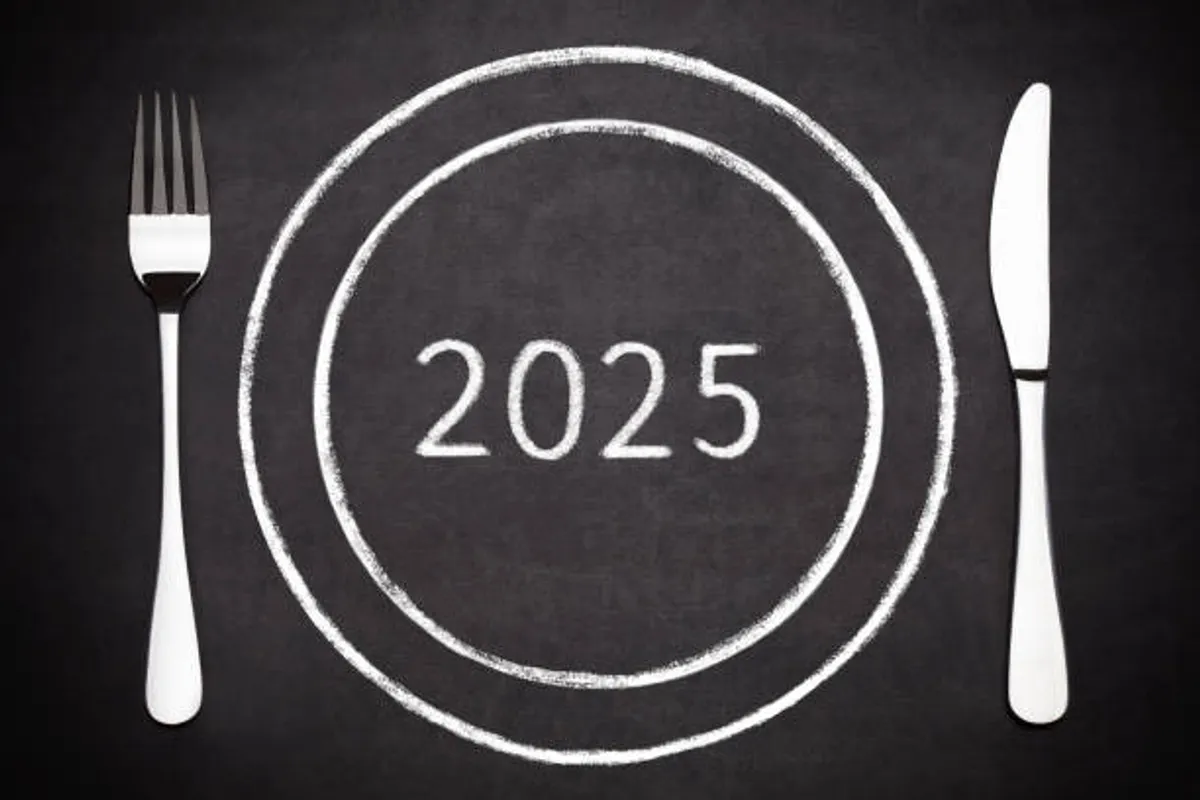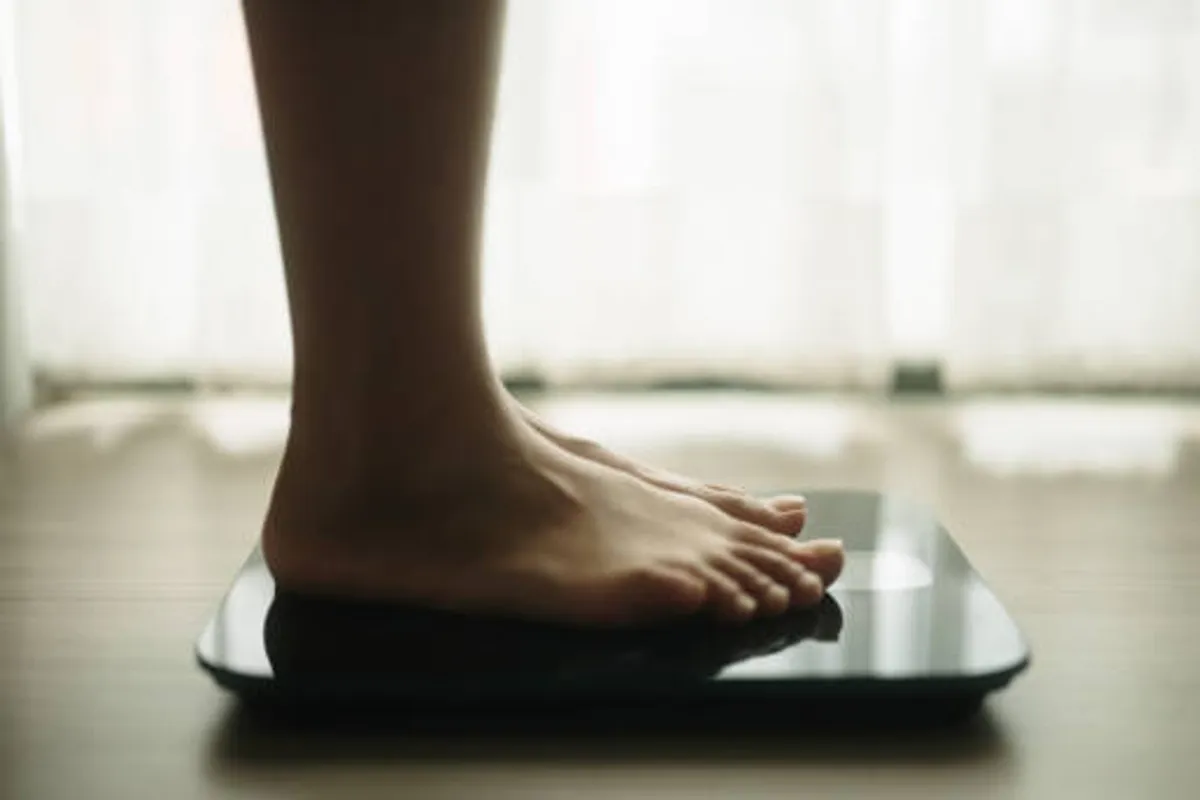
Walking vs. Running: Which Is Better for Weight Loss in 2025?

GeokHub
Contributing Writer
In today’s wellness world, fitness isn’t just about burning calories — it’s about finding what fits your body, lifestyle, and long-term goals. For decades, running has been crowned the ultimate calorie burner, while walking was seen as a gentler, less effective option. But new research in 2025 challenges that old belief, showing that walking can rival running for fat loss, especially when done consistently and strategically.
So, which should you choose — walking or running? The answer depends less on intensity and more on sustainability and metabolism.
The Calorie-Burning Truth
Let’s start with the numbers. A 30-minute run burns roughly 250–400 calories, depending on speed and weight, while a brisk 30-minute walk burns about 150–200 calories.
At first glance, running seems like the obvious winner. But when you factor in consistency, recovery, and injury risk, walking begins to close the gap.
Walking is low-impact, meaning it can be done daily without straining the joints or elevating cortisol — the stress hormone linked to fat storage. Meanwhile, running, though efficient, can spike cortisol and lead to burnout if not balanced with proper rest and nutrition.
In 2025, experts emphasize sustainability over intensity. A routine you can maintain all year will always outperform a plan that’s too demanding to stick to.
Fat Loss vs. Weight Loss: Why the Difference Matters
Running primarily burns glycogen (stored carbohydrates) during intense bursts, while walking keeps you in the fat-burning zone — where your body relies more on stored fat for fuel.
This means walking, especially at a moderate pace (3–4 mph) for longer durations, can actually burn a higher percentage of fat calories, even if total calorie burn is slightly lower.
For many people, this steady-state fat burning makes walking a better choice for sustainable weight loss and improved energy balance.
The Role of Hormones and Metabolism
Recent studies in women’s health and metabolism highlight a key difference between the two activities. Running, while great for cardiovascular health, can increase stress hormone levels, particularly in people already struggling with high cortisol, sleep issues, or hormonal imbalance.
Walking, on the other hand, promotes parasympathetic recovery — lowering stress, improving digestion, and supporting hormonal balance, all of which are crucial for fat loss.
In short, walking not only burns calories but also helps create the metabolic environment your body needs to lose weight effectively.
Time Efficiency: Making Every Minute Count
If your goal is maximum calorie burn in minimum time, interval running — alternating between jogging and sprinting — still reigns supreme.
But if you prefer something easier on your body and schedule, consider power walking or incline walking. Walking uphill at a 10–15% incline on a treadmill can double calorie burn and activate major muscle groups, rivaling the metabolic effects of a jog.
The key is intensity control — you don’t need to run to challenge your body, just push your pace or terrain strategically.
Expert Insight: The 2025 Approach
Fitness coaches now recommend blending both forms for optimal results:
- Walk daily for 30–60 minutes to enhance fat metabolism, recovery, and stress balance.
- Run 2–3 times weekly to improve endurance, heart health, and calorie expenditure.
This balanced approach boosts your NEAT (Non-Exercise Activity Thermogenesis) — all the calories you burn from daily movement — which researchers now recognize as a major factor in weight loss success.
The Bottom Line
Walking and running both have their place in a modern fitness routine. Running gives a quick calorie burn and endurance benefits, while walking supports long-term fat loss, recovery, and consistency.
If your goal is to lose weight and keep it off in 2025, the best choice isn’t one or the other — it’s the one you can sustain without stress or injury. Whether you’re hitting the pavement for a jog or strolling through your neighborhood, consistency remains your most powerful weight-loss tool.








